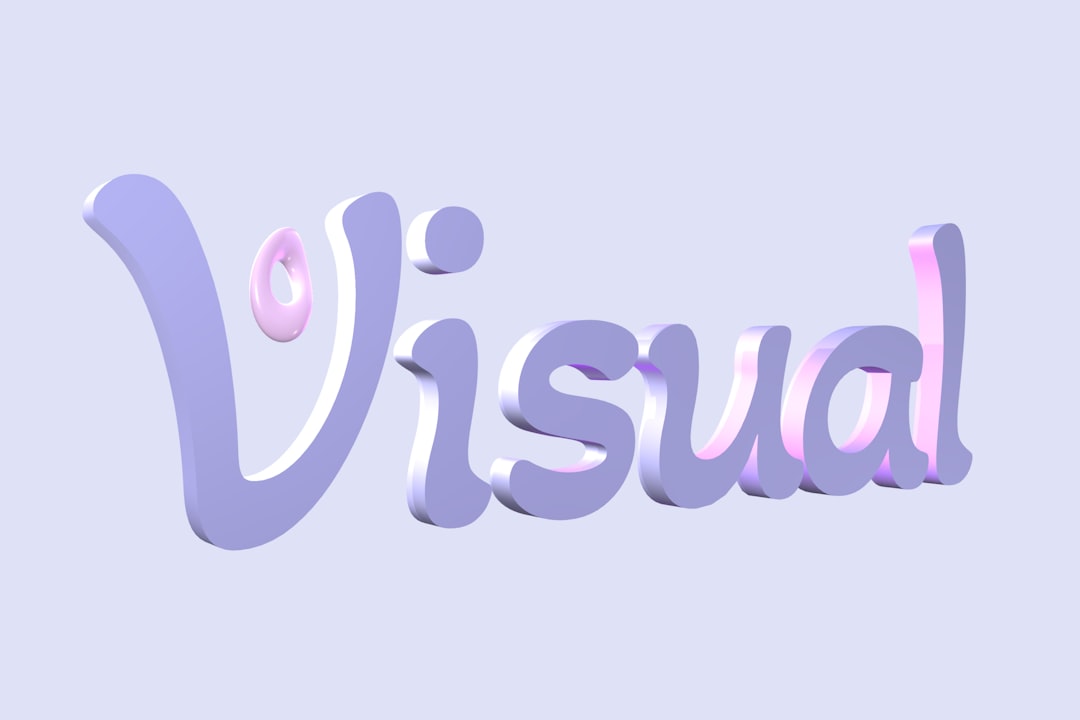Logos are everywhere. On your phone. On your coffee cup. Even on your socks, probably. But getting that logo to look crisp and clean at every size? That takes work. It’s not just about the design; it’s about how it’s rendered on screens.
TLDR:
Small logos can get blurry or jaggy if not “tuned” right. The magic comes from things like anti-aliasing and hinting. These tricks help logos stay legible and sharp, even at tiny sizes. Want your logo to pop? You’ll need to understand how rendering works!
What Happens When You Shrink a Logo?
Let’s say you designed a beautiful logo. It has fine lines, perfect curves, premium vibes. But then you place it in a browser tab icon. Or on an app splash screen. Suddenly, it looks… off.
This happens because screens are made of pixels. When a design shrinks, so do its details. Some lines vanish. Some corners blur. That’s where some digital art magic comes in.
Anti-Aliasing: Making Edges Smooth
Have you seen jagged edges on letters or shapes on a screen? That stair-stepping effect is called “aliasing.” It’s especially visible on diagonal or curved lines. Not pretty.
Anti-aliasing softens those sharp edges. It smooths transitions by changing the color of surrounding pixels ever so slightly. It tricks the eye into seeing a clean curve instead of a staircase of pixels.
Types of Anti-Aliasing:
- Grayscale: Smooths with shades of gray
- Subpixel: Uses red, green, and blue channels separately for smoother visuals
- None: Razor crisp, but usually very jaggy
Which one works best? It depends. Grayscale is great for overlays. Subpixel is nice for text. But logos? They’re tricky.
Sometimes, anti-aliasing adds blur at small sizes. So designers turn it off to keep things sharp. Other times, it’s needed for gentle edges. Always test both ways.
Hinting: The Invisible Grid Guide
Imagine drawing your logo on graph paper. Now imagine adjusting the lines just a hair so they snap to the grid instead of floating in between. That’s the idea behind hinting.
Hinting forces design features to line up with pixels. For example, it may nudge a stem of the letter “L” so it’s exactly one pixel wide, even at small sizes. This keeps things crisp and readable.
Types of Hinting:
- Manual Hinting: Done by a designer. Super precise, but time-consuming.
- Auto Hinting: Software guesses for you. It’s fast, but sometimes off.
Big type foundries often hand-hint fonts. Logos? They might not get the same attention. So it’s your job to check and tweak!
The Tiny Logo Challenge
When a logo appears small—say, 16×16 pixels—it enters a whole new world of pain:
- Text gets unreadable
- Thin lines vanish
- Color changes look muddy
That’s why “responsive logos” exist. These versions are optimized for small sizes. Some brands even remove letters or simplify icons completely at mini scale.
Tips for Small-Size Sharpness:
- Use high contrast. Light grays often disappear.
- Thicken strokes slightly. Thin lines fade fast.
- Simplify shapes. One strong shape can survive downscaling.
- Skip text, if possible. It’s very hard to read when tiny.
Always test at your minimum size. Zoom out. Screenshot. See if it still looks sharp. If not, adjust!
True Story Time: Why Microsoft Changed Its Logo
Even big brands face logo clarity issues. Microsoft once tweaked its Windows logo—not just for looks, but because the older versions didn’t render well at small sizes. The new angle and solid shapes helped the logo stay sharp in favicons and taskbars. Lesson: pixel clarity matters!
QA Checklist for Logo Rendering
Need to check if your logo is digital-friendly? Here’s a handy checklist:
- Does it use anti-aliasing? Is it too blurry? Too jaggy?
- Is it hinted? Test at typical UI sizes (16px, 32px, 48px).
- Does it have a small-size version? Or do you need to make one?
- How does it perform on different backgrounds? Dark mode counts!
- Test on multiple devices. Mobile screens and old monitors can distort rendering.
Pro tip: Don’t just look at Retina displays (fancy screens with high pixel density). Check on regular ones too. They show flaws more clearly.
Tools That Can Help
You don’t need to eyeball everything. These tools can make your job easier:
- Figma: Use pixel preview mode
- Illustrator: View in pixel mode
- FontForge: A hinting tool used for type—can work on logos
- Photoshop: Export at multiple sizes and inspect the edges
When In Doubt, Pixel Perfect It
Some designers create fully pixel-aligned versions of logos at specific sizes. This guarantees crisp edges. It’s a bit like making an “icon version” of your identity. Very common in app development!
Yes, it’s a little extra work. But the results are worth it. Your logo will shine on all platforms. Users notice details—even if subconsciously.
Final Thoughts: Calm the Curve
A logo isn’t just art—it’s a technical asset. How it appears on screen matters as much as how it looks on paper. Anti-aliasing, hinting, and sizing strategies help your design show up right every time.
So take a few extra minutes. Zoom in. Zoom out. Test. Adjust. Your brand deserves the best presentation, even at 16×16 pixels.

Happy pixel perfecting!
